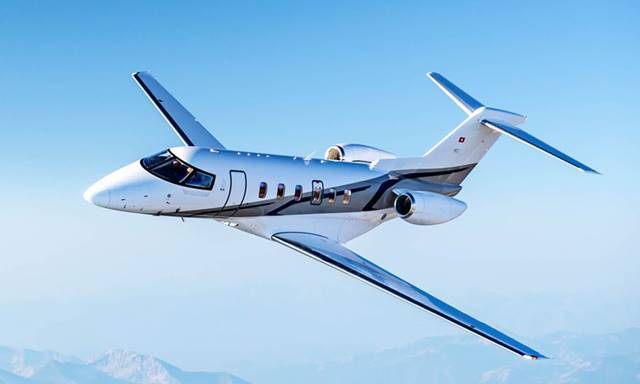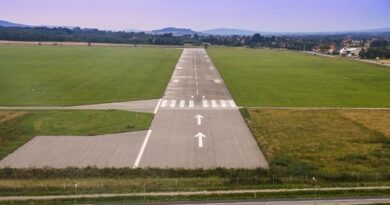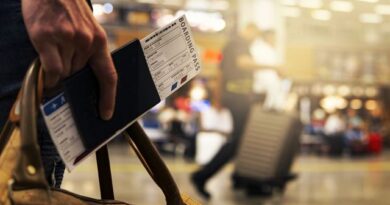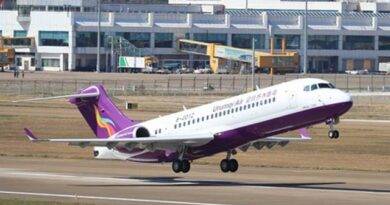Restricted and Prohibited Airspace
Let’s look at the concepts of restricted airspace and prohibited airspace in this article. These two concepts are close to each other and can sometimes be confused. However, it is extremely important to know the difference between them.
Restricted Area/Airspace is an area of airspace where flight is only permitted under certain conditions. These conditions may include obtaining permission from the airspace’s controlling authority, flying at a certain altitude, or following a specific route. Restricted airspace is typically used for military training, testing, or other activities that require special precautions.
A restricted area is an airspace of defined dimensions above the land areas or territorial waters of a State, within which the flight of aircraft is restricted in accordance with specific conditions. (ICAO Annex 2: Rules of the Air)
Prohibited Area/Airspace is an area of airspace where flight is completely prohibited. This type of airspace is typically established for national security reasons, such as protecting sensitive government facilities or military bases. In some cases, prohibited airspace may also be established for safety reasons, such as around airports or other areas with high levels of air traffic.
A prohibited area is an airspace of defined dimensions, above the land area or territorial waters of a state, within which the flight of aircraft is prohibited. (ICAO Annex 2: Rules of the Air)
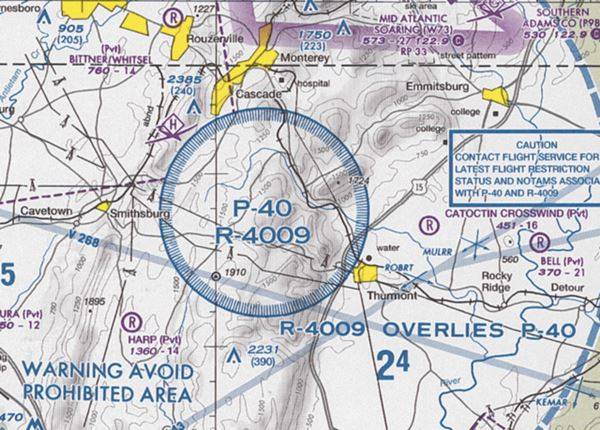
The main difference between restricted and prohibited airspace is that flight is completely prohibited in prohibited airspace, while flight is still possible in restricted airspace under certain conditions.
Here are some examples of restricted and prohibited airspace:
- Restricted airspace:
- Military training areas
- Testing areas for new aircraft or weapons
- Areas where hazardous materials are being transported
- Areas where special events are taking place, such as air shows or sporting events
- Prohibited airspace:
- Around airports
- Over nuclear power plants
- Over military bases
- Over sensitive government facilities
- Over areas where natural disasters are occurring
It is important to be aware of the location of these areas before flying. Pilots can check aeronautical charts and NOTAMs (Notices to Airmen/Airmissions) to get information on the location and restrictions of airspace.
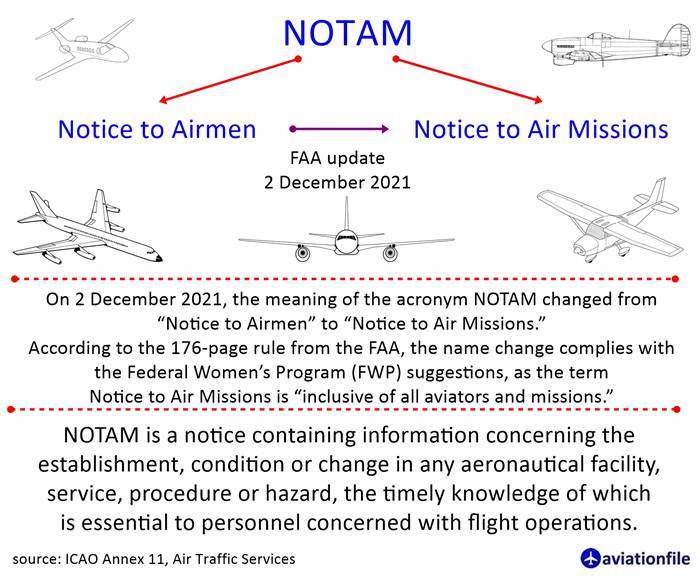
Violating restricted or prohibited airspace can have serious consequences, including fines, jail time, and even military interception. It is important to always fly within the rules of the airspace you are in.
Here are some tips for staying safe when flying in restricted or prohibited airspace:
- Always check aeronautical charts and NOTAMs before flying.
- Be aware of the location of restricted and prohibited airspace.
- If you enter restricted airspace without permission, immediately contact relevant air traffic control unit.
- If you enter prohibited airspace, immediately turn around and leave.
If you have any questions about these airspaces, please contact the appropriate aviation authority.
References:
image Source: By US Department of Transportation, Federal Aviation Administration, National Aeronautical Navigation Services – Baltimore-Washington_TAC_84.tif in Baltimore-Washington_TAC_84.zip. https://commons.wikimedia.org/w/index.php?curid=15041216
